Home>Gardening & Outdoor>Pool & Spa Care>How To Fill Up A Hot Tub
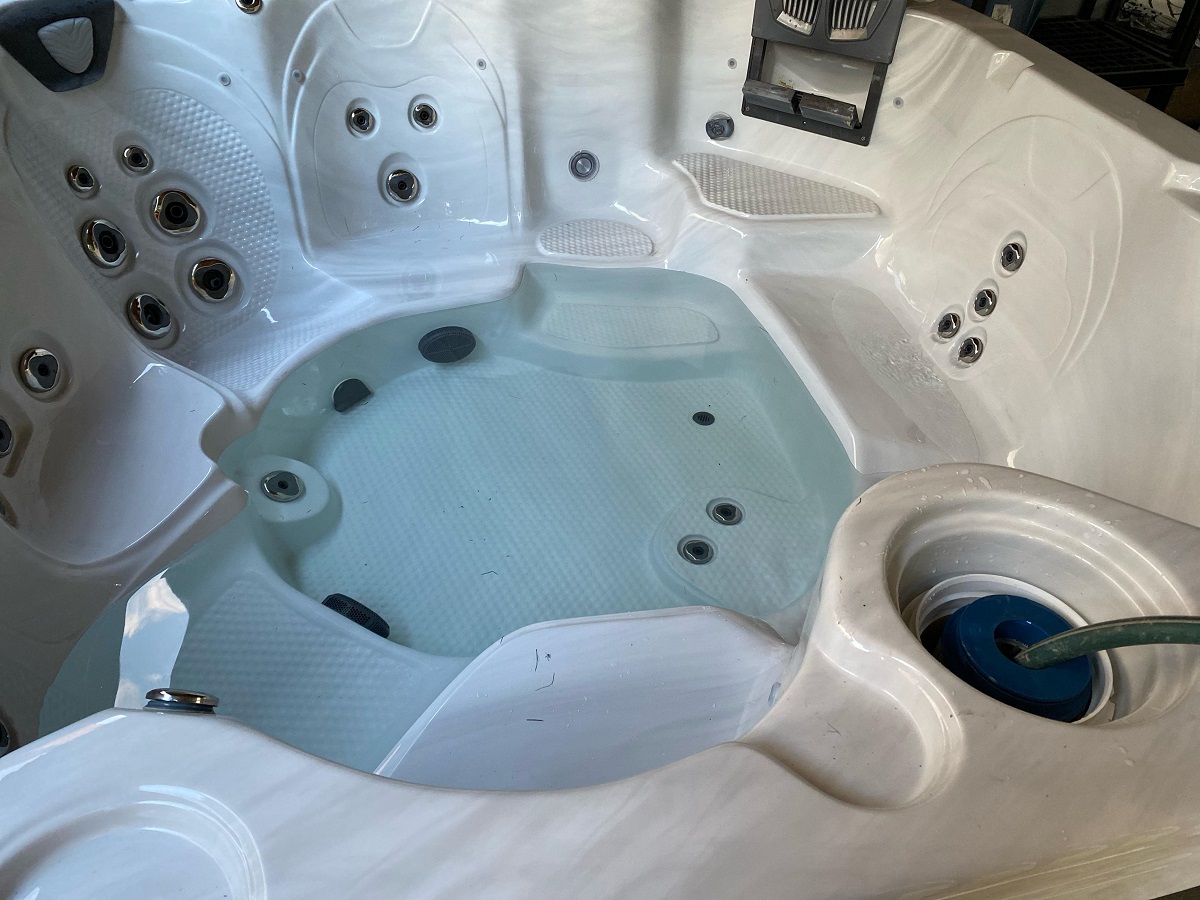

Pool & Spa Care
How To Fill Up A Hot Tub
Modified: February 25, 2024
Learn the step-by-step process of filling up a hot tub with our expert pool and spa care guide. Ensure a clean and safe experience for your relaxation needs.
(Many of the links in this article redirect to a specific reviewed product. Your purchase of these products through affiliate links helps to generate commission for Storables.com, at no extra cost. Learn more)
**
Introduction
**
So, you've finally decided to treat yourself to the luxurious relaxation of a hot tub. Whether it's a brand-new addition to your backyard or a revitalization of your current oasis, filling up a hot tub is an essential part of the spa-care process. While it may seem straightforward, there are important steps to consider to ensure that your hot tub is ready for safe and enjoyable use.
In this guide, we'll walk through the process of filling up your hot tub, from preparing the tub and testing the water to balancing the chemicals for optimal performance. By following these steps, you'll be well-equipped to maintain a clean and inviting hot tub environment, providing you with a soothing retreat whenever you need it.
Let's dive into the details of how to fill up a hot tub and create the perfect environment for relaxation and rejuvenation.
**
Key Takeaways:
- Before filling your hot tub, ensure it’s clean, components are working, and water quality is good. Address any repairs and leaks to prevent complications later on.
- When filling your hot tub, use a clean water source, monitor the level, and adjust for temperature. Test and balance the water chemicals for a safe and enjoyable experience.
Read more: How Long To Fill Hot Tub
Step 1: Preparing the Hot Tub
**
Before filling up your hot tub, it's crucial to ensure that the tub is clean and in proper working condition. Here are the essential steps to prepare your hot tub for filling:
-
Clean the Interior: Start by thoroughly cleaning the interior of the hot tub. Use a non-abrasive spa surface cleaner to remove any dirt, debris, or residue that may have accumulated. Pay attention to the waterline, jets, and filters, as these areas are prone to buildup.
-
Inspect the Components: Check the hot tub's components, including the filters, pumps, and heaters, to ensure that everything is functioning correctly. Replace any worn-out filters and address any maintenance issues before proceeding with the filling process.
-
Check the Water Quality: If you're refilling an existing hot tub, test the water quality using a reliable water testing kit. This will help you determine if the water needs to be drained and replaced or if it can be treated and balanced for reuse.
-
Address Any Repairs: Take this opportunity to address any visible damage or leaks in the hot tub. Repairing these issues before filling the tub will prevent water loss and potential complications once the tub is in use.
By thoroughly preparing your hot tub, you can ensure that the filling process sets the stage for a clean, safe, and enjoyable spa experience. Once the tub is primed and ready, you can move on to the next step: filling the hot tub with water.
**
Step 2: Filling the Hot Tub
**
With the hot tub prepared and in optimal condition, it's time to fill it up with water. Follow these steps to ensure a smooth and efficient filling process:
-
Water Source: Determine the water source for filling the hot tub. Ideally, you should use a garden hose connected to a clean and potable water supply. Avoid using hard water directly from a well, as it can lead to mineral buildup in the tub.
-
Start Filling: Place the garden hose inside the hot tub, ensuring that it reaches the bottom to minimize splashing and agitation. Turn on the water and allow the tub to fill gradually. Avoid overfilling the tub, as this can lead to water wastage and potential overflow.
-
Monitor the Level: Keep an eye on the water level as the tub fills. Take periodic breaks to check the progress and ensure that the water is distributed evenly throughout the tub. This will help prevent uneven weight distribution and potential strain on the hot tub structure.
-
Adjust for Temperature: If you live in a region with cold weather, consider filling the hot tub with warm water to expedite the heating process. Alternatively, you can allow the tub to fill with cold water and rely on the heating system to bring it to the desired temperature.
By following these steps, you can effectively fill up your hot tub, setting the stage for the next crucial phase: testing the water to ensure it meets the necessary quality standards for safe and enjoyable use.
**
To fill up a hot tub, make sure to use a hose with a filter to fill it with clean water. Keep an eye on the water level to prevent overfilling.
Step 3: Testing the Water
**
Once your hot tub is filled with water, it's essential to test the water quality to ensure that it meets the necessary standards for safe and comfortable use. Here are the key steps for testing the water in your hot tub:
-
Use a Water Testing Kit: Invest in a reliable water testing kit designed specifically for hot tubs. These kits typically include test strips or liquid reagents that allow you to measure essential parameters such as pH levels, sanitizer (chlorine or bromine) levels, alkalinity, and calcium hardness.
-
Follow the Instructions: Carefully follow the instructions provided with the water testing kit to obtain accurate readings. Collect a water sample from the hot tub according to the kit's guidelines and perform the necessary tests for each parameter.
-
Interpret the Results: Once the tests are completed, interpret the results to determine if any adjustments are needed. Ideal water parameters for a hot tub typically include a pH level between 7.2 and 7.8, a sanitizer level within the recommended range, balanced alkalinity, and appropriate calcium hardness.
-
Address Imbalances: If the test results indicate imbalances in the water parameters, take the necessary steps to address them. This may involve adjusting the pH levels using pH increaser or decreaser, adding sanitizer to achieve the desired level, and balancing alkalinity and calcium hardness as needed.
By diligently testing the water and making any required adjustments, you can ensure that your hot tub maintains optimal water quality, promoting a safe and enjoyable experience for all users. Once the water is balanced and pristine, the next step is to focus on balancing the necessary chemicals to maintain a healthy hot tub environment.
**
Step 4: Balancing the Chemicals
**
After testing the water and ensuring that it meets the necessary quality standards, the next crucial step in hot tub care is to balance the chemicals to maintain a clean and healthy environment. Here's how you can effectively balance the chemicals in your hot tub:
-
Sanitizing the Water: Start by adding the appropriate sanitizer, such as chlorine or bromine, to the hot tub water. This is essential for killing bacteria and preventing the growth of algae and other contaminants. Follow the manufacturer's guidelines to determine the correct dosage based on your hot tub's water capacity.
-
Adjusting pH Levels: Use a pH testing kit to measure the pH level of the water. If the pH is outside the ideal range of 7.2 to 7.8, make the necessary adjustments using pH increaser or decreaser. Balanced pH levels are crucial for preventing skin and eye irritation and ensuring the effectiveness of the sanitizer.
-
Balancing Alkalinity and Calcium Hardness: Test the alkalinity and calcium hardness of the water and make adjustments as needed. Alkalinity acts as a buffer for pH levels, while calcium hardness helps prevent corrosion and scale buildup. Use alkalinity and calcium increasers or decreasers to achieve the recommended levels.
-
Shock Treatment: Consider performing a shock treatment on the hot tub water to oxidize organic contaminants and maintain water clarity. This process involves adding a shock oxidizer to the water and allowing it to circulate for a specified period before resuming normal use of the hot tub.
By diligently balancing the chemicals in your hot tub, you can create a clean, safe, and inviting environment for relaxation and rejuvenation. Once the chemicals are properly balanced, you can proceed to enjoy the therapeutic benefits of your hot tub with confidence and peace of mind.
**
Read more: How Full To Fill A Hot Tub
Step 5: Enjoying Your Hot Tub
**
With your hot tub prepared, filled with pristine water, and balanced with the necessary chemicals, it's time to indulge in the luxurious experience of enjoying your personal spa retreat. Here are some tips for maximizing your hot tub enjoyment:
-
Set the Right Temperature: Ensure that the hot tub water is heated to the ideal temperature for relaxation and comfort. Most hot tubs are set between 100°F and 104°F, but you can adjust the temperature based on your preference and the weather conditions.
-
Create a Relaxing Ambiance: Enhance the atmosphere around your hot tub by adding soft lighting, soothing music, and aromatic scents. Consider using LED lights, outdoor speakers, and essential oil diffusers to elevate the sensory experience and create a tranquil environment.
-
Practice Safe Hot Tub Use: Prioritize safety by establishing and communicating hot tub rules for all users. Encourage responsible hot tub practices, such as showering before entering the tub, limiting soak times, and avoiding alcohol consumption to prevent accidents and promote a healthy hot tub culture.
-
Maintain Regular Care: Implement a consistent hot tub maintenance routine, including regular water testing, filter cleaning, and equipment inspections. By staying proactive with maintenance, you can prolong the lifespan of your hot tub and ensure a consistently enjoyable experience.
By following these tips and embracing a mindful approach to hot tub enjoyment, you can reap the full benefits of your investment, from stress relief and muscle relaxation to improved sleep and overall well-being. With the right care and attention, your hot tub can become a cherished sanctuary for unwinding and rejuvenation.
Frequently Asked Questions about How To Fill Up A Hot Tub
Was this page helpful?
At Storables.com, we guarantee accurate and reliable information. Our content, validated by Expert Board Contributors, is crafted following stringent Editorial Policies. We're committed to providing you with well-researched, expert-backed insights for all your informational needs.
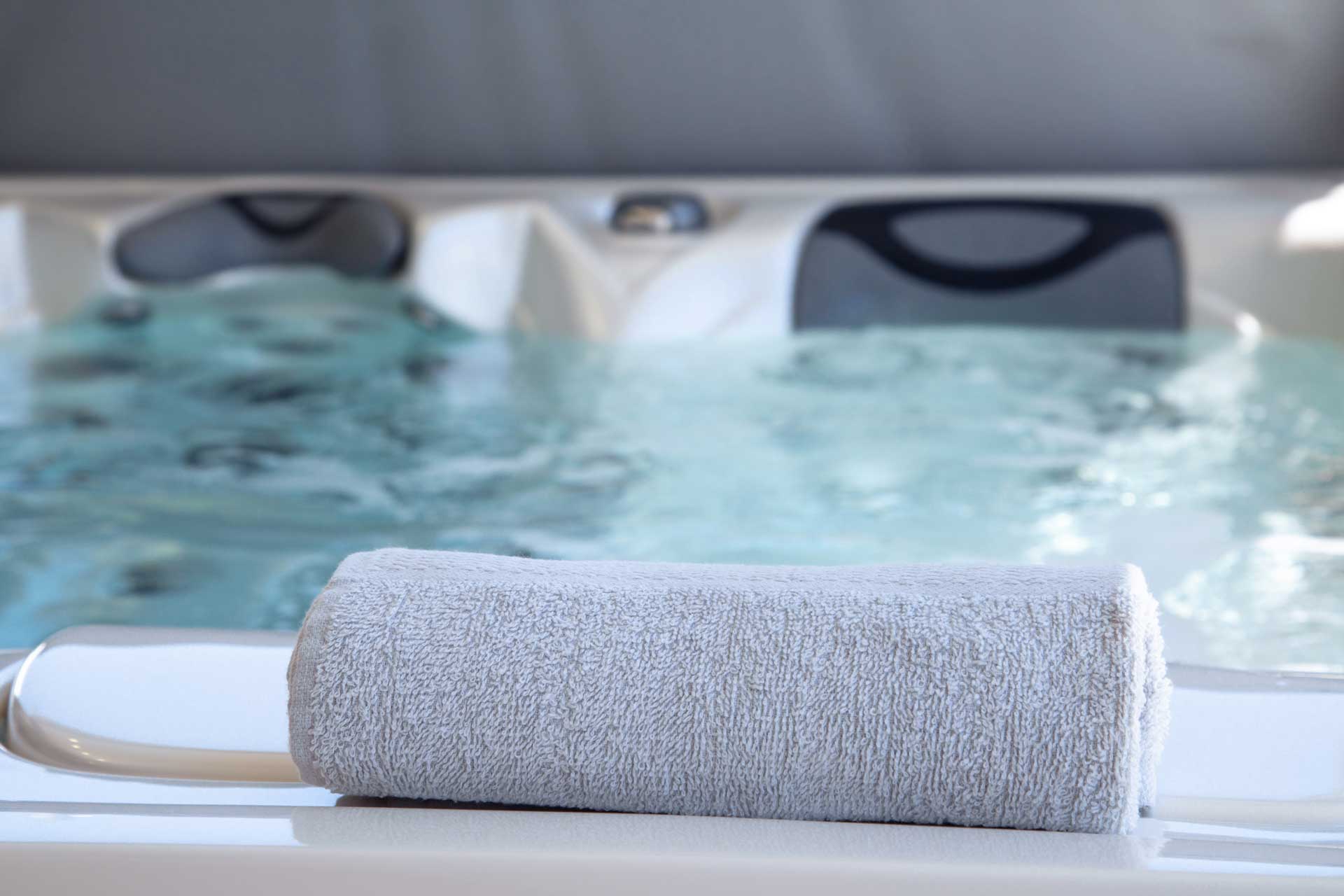
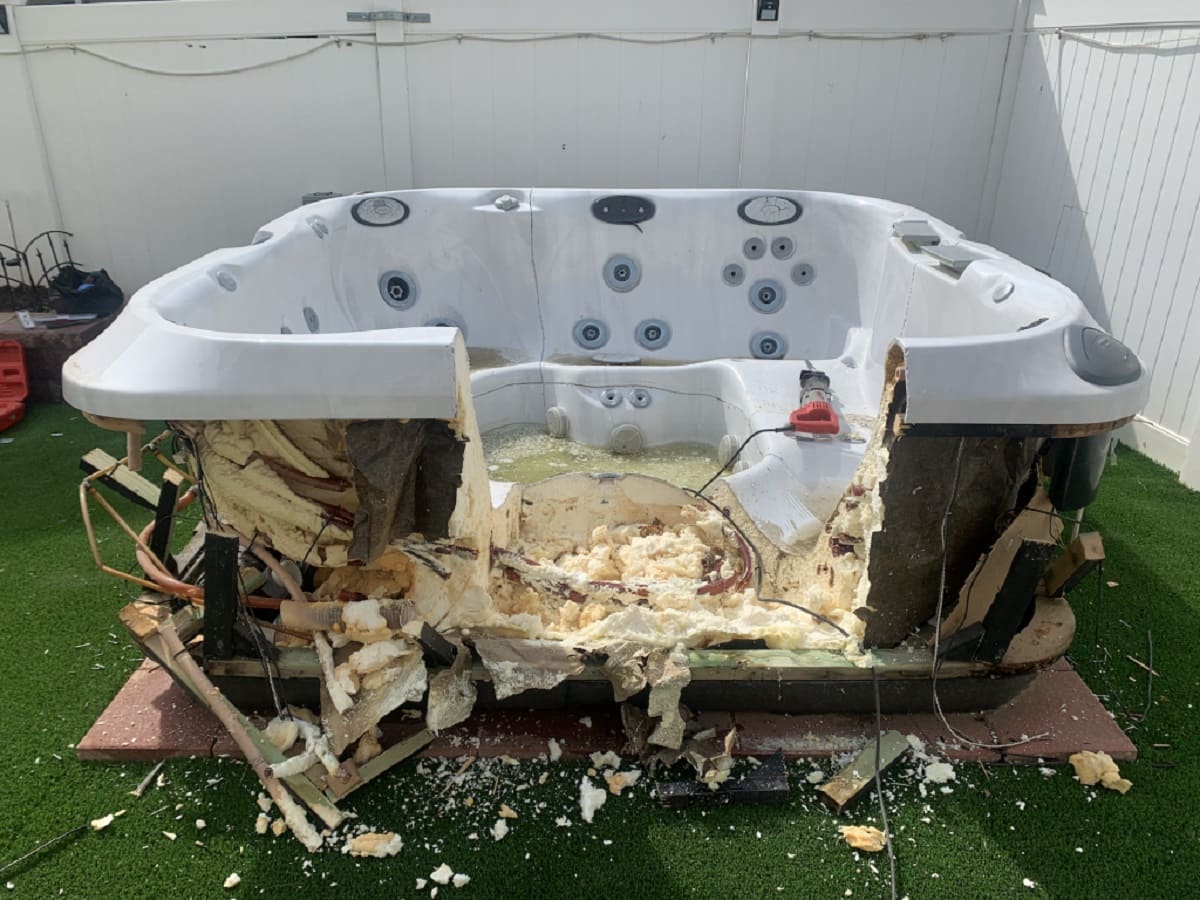
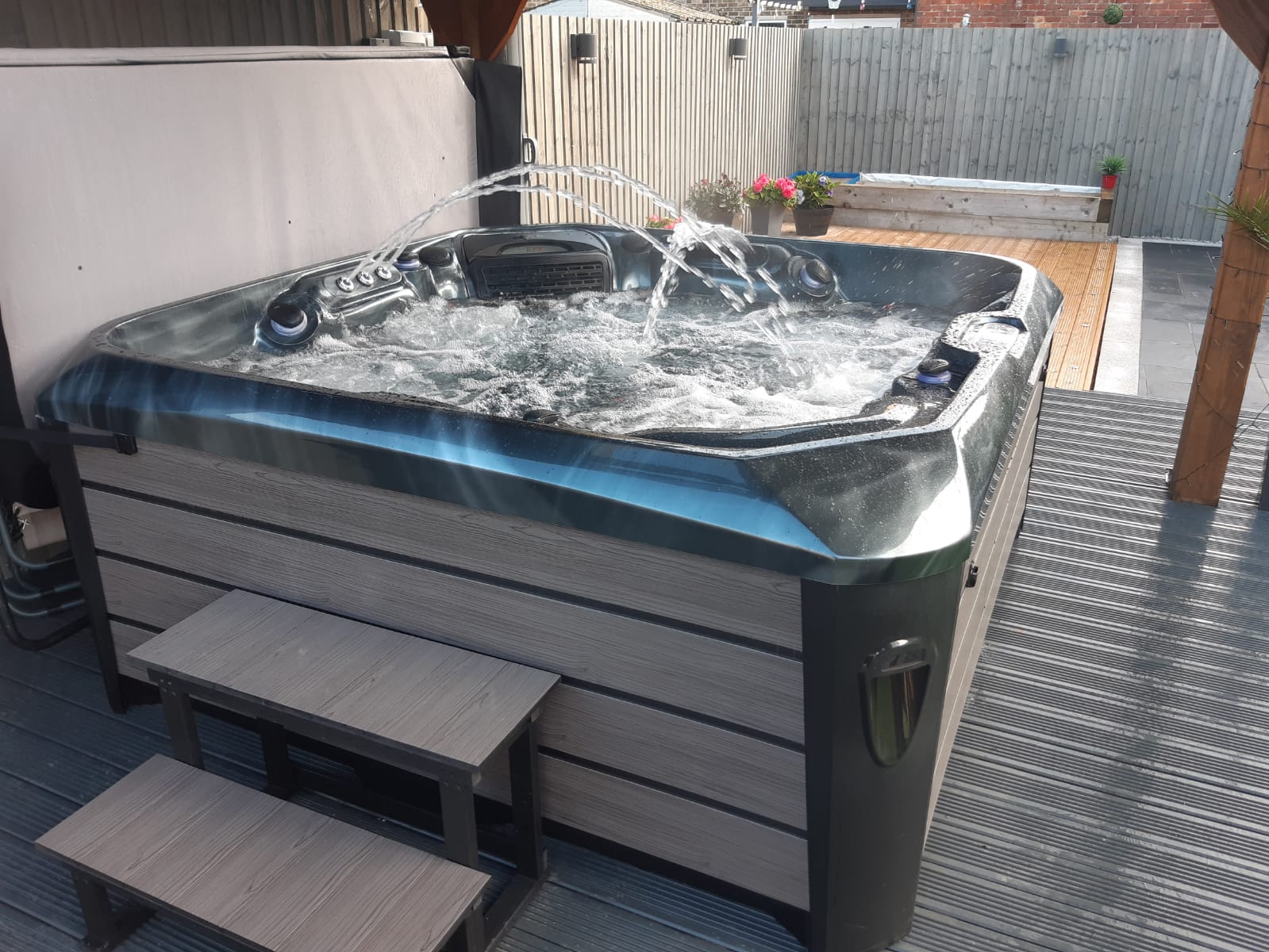
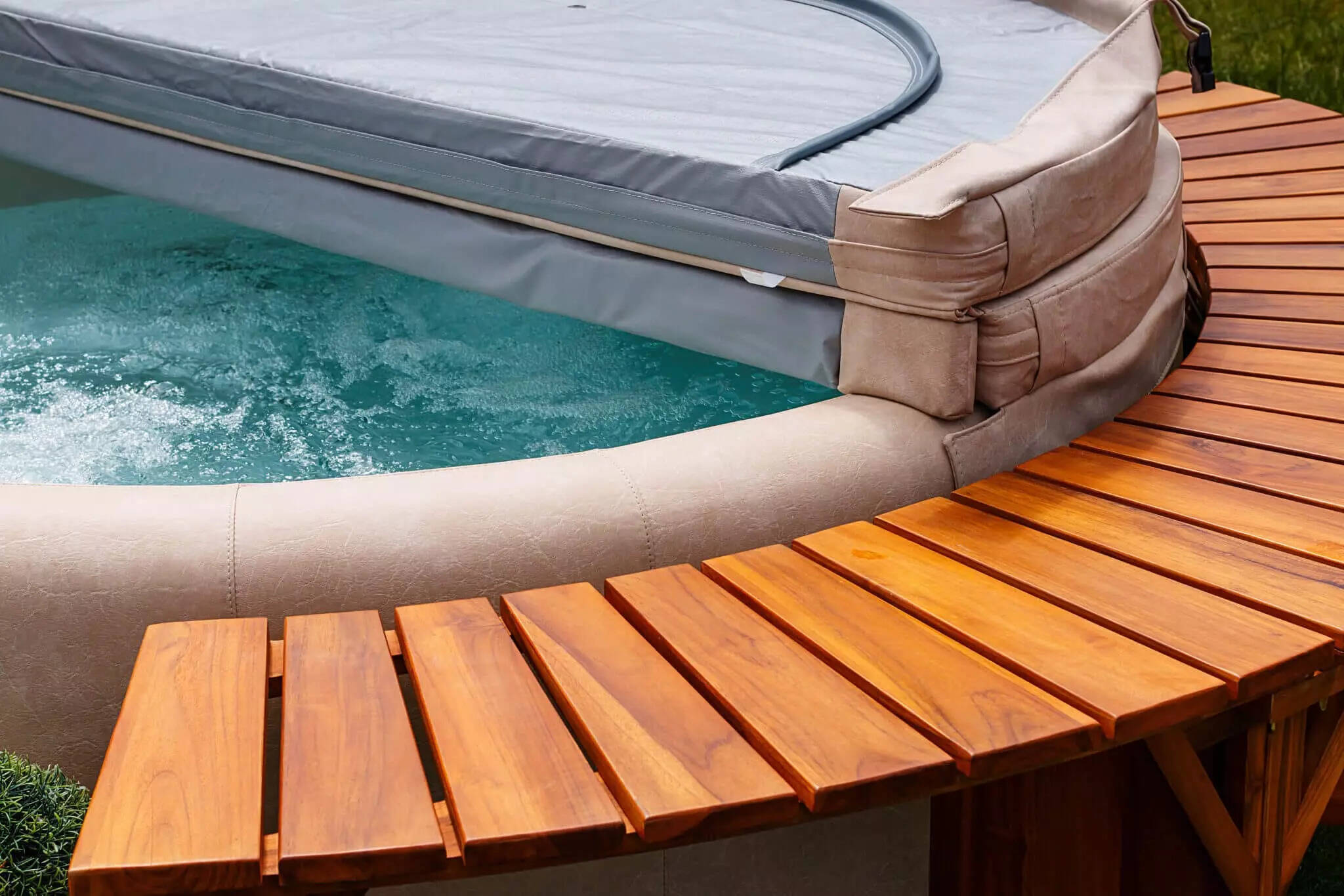
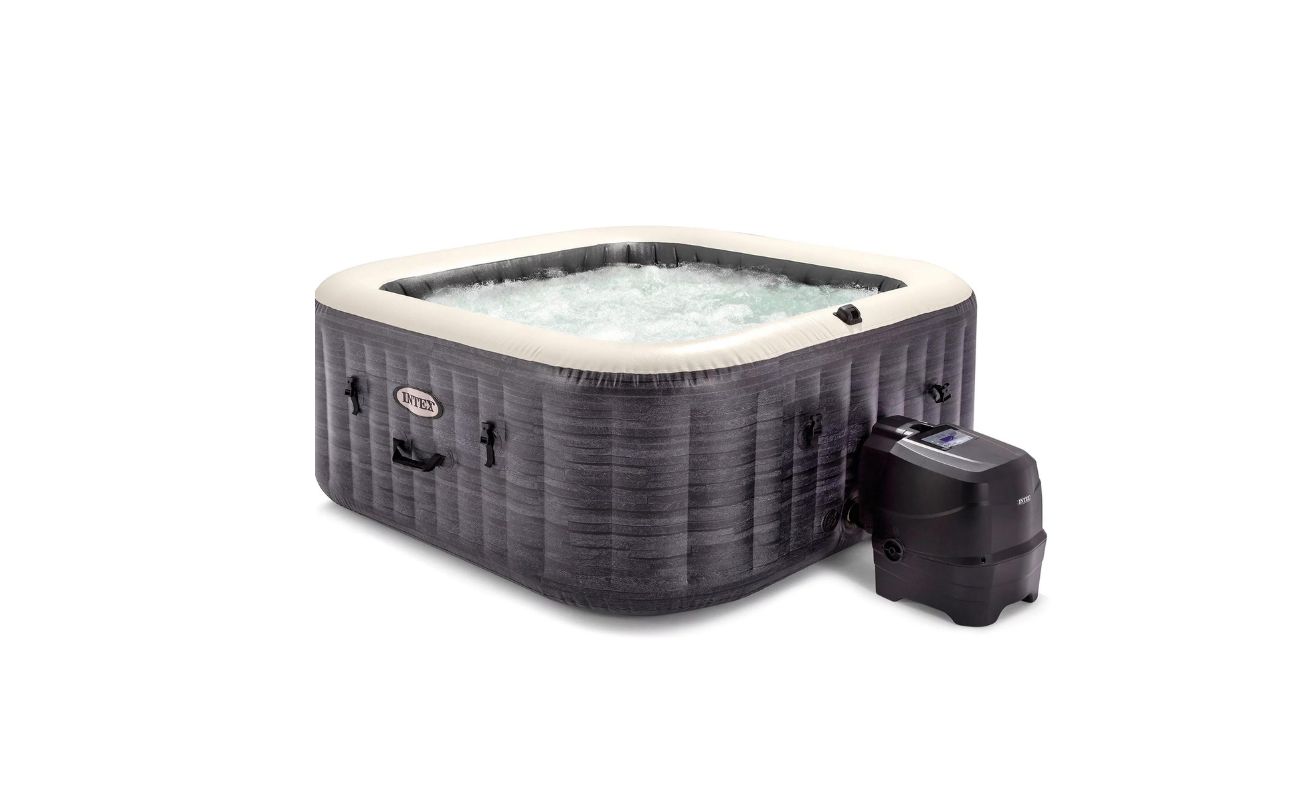
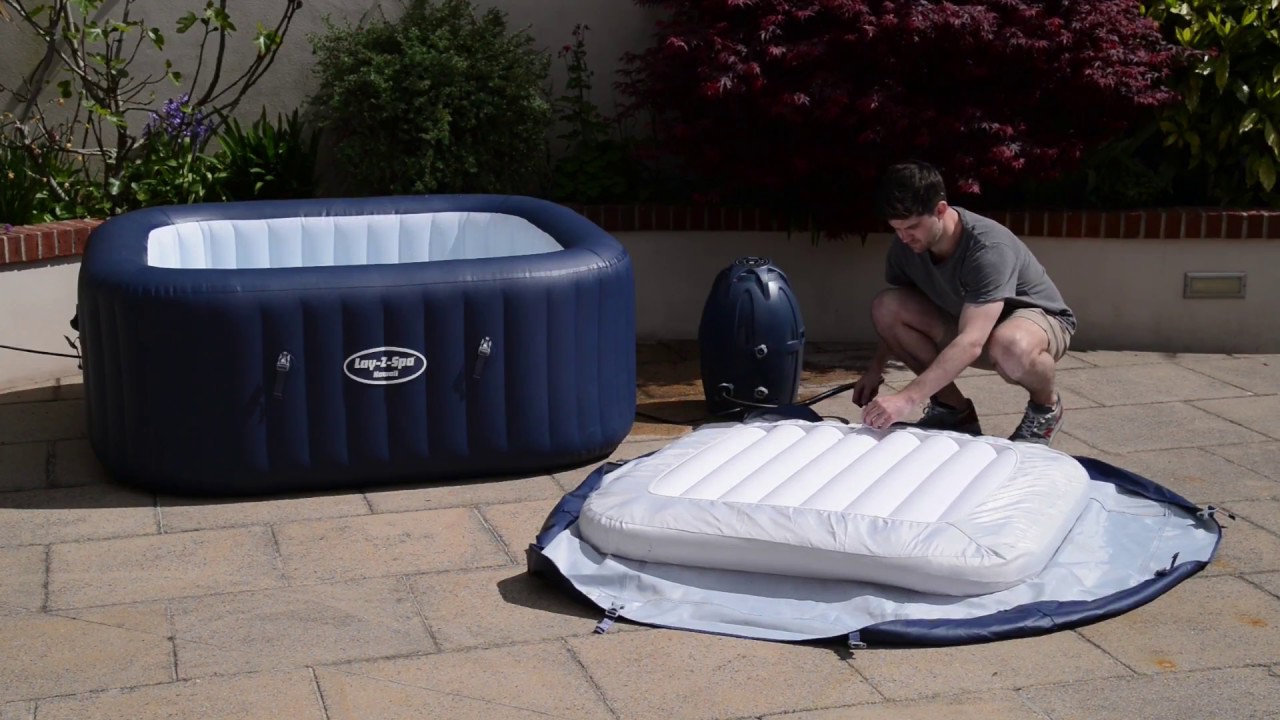
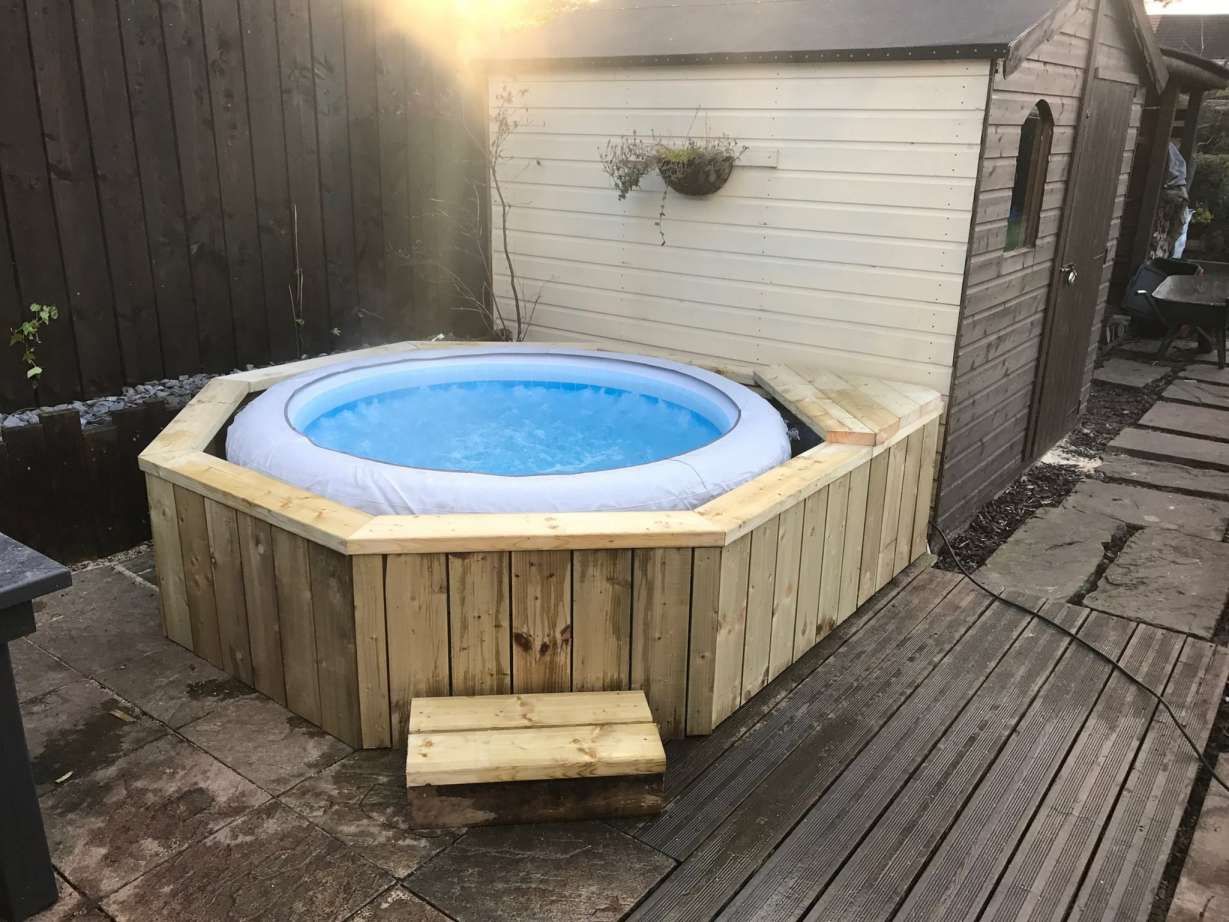
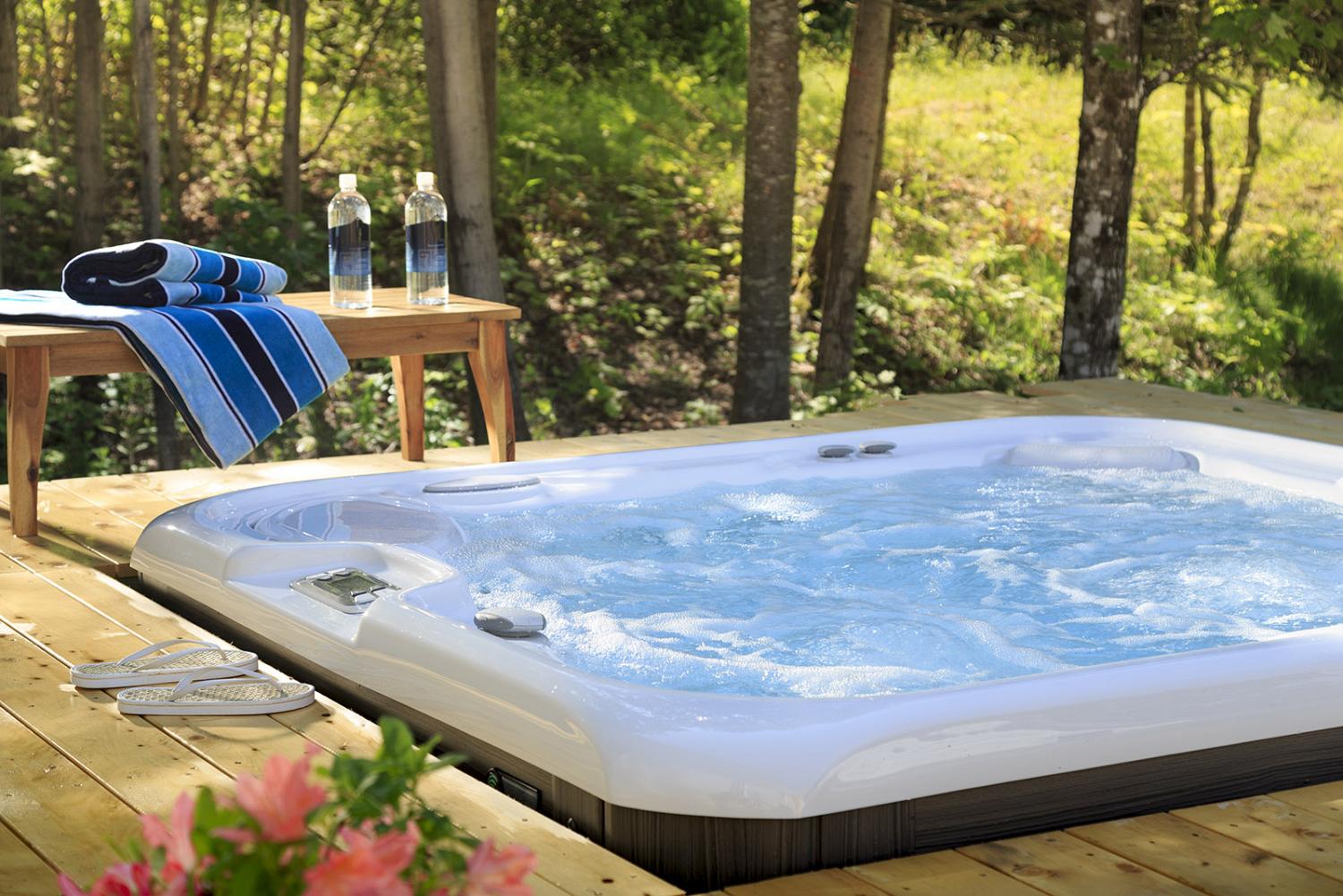
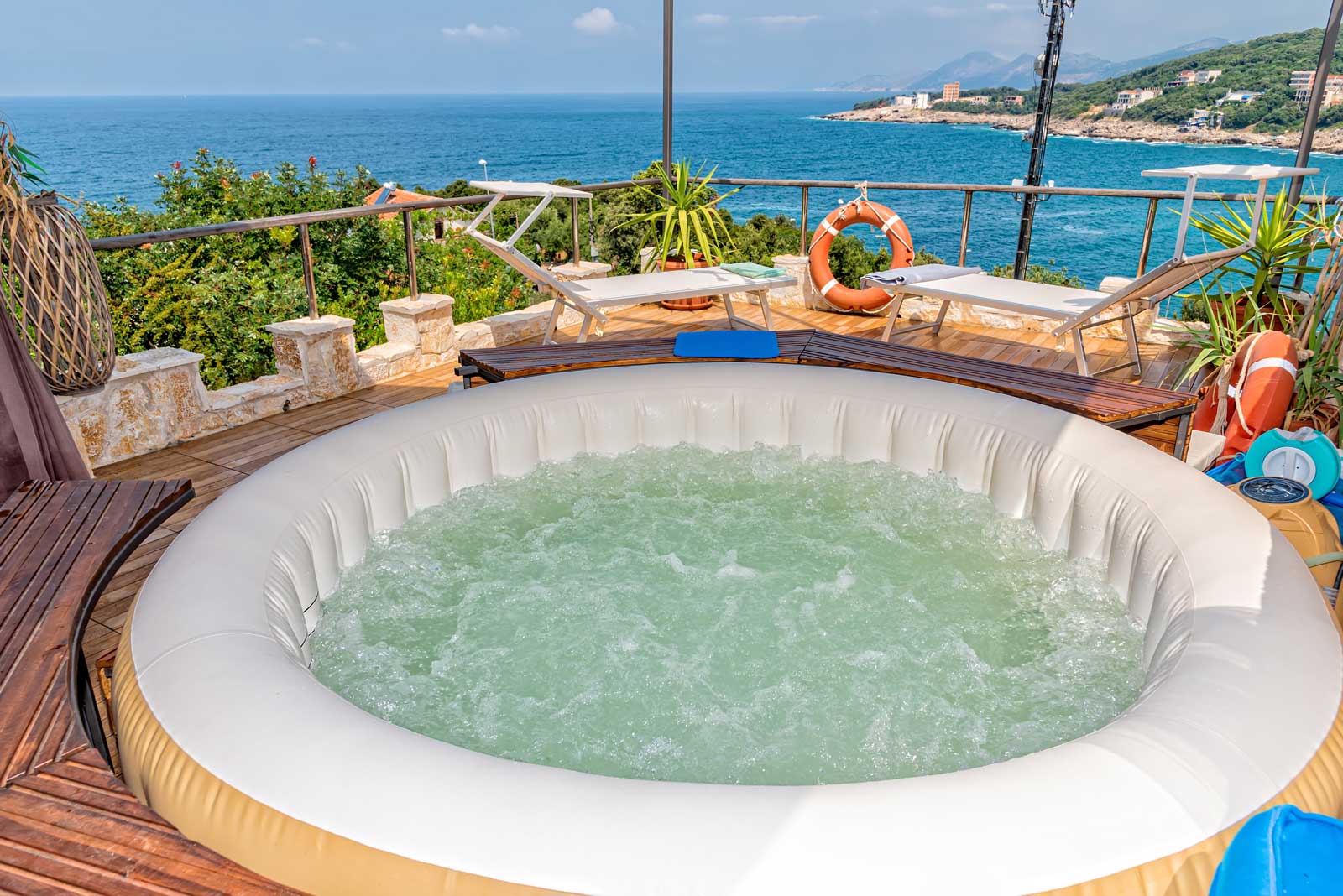
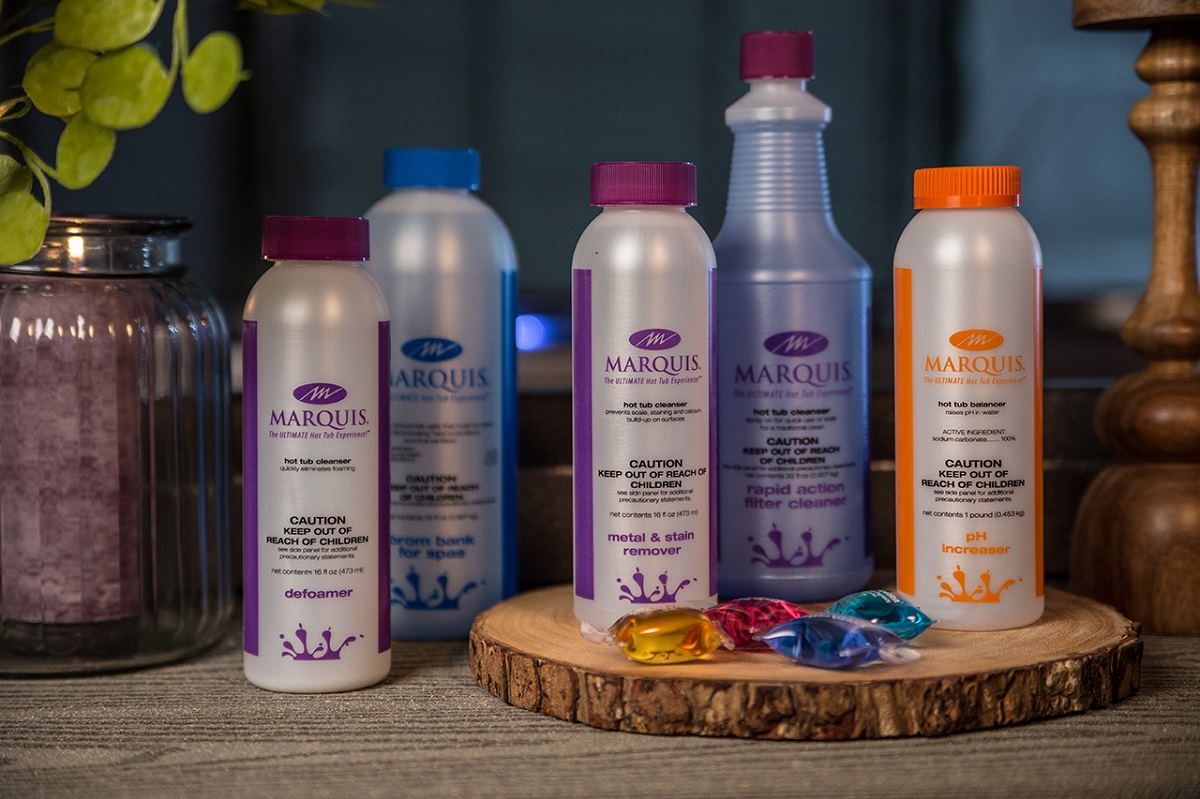
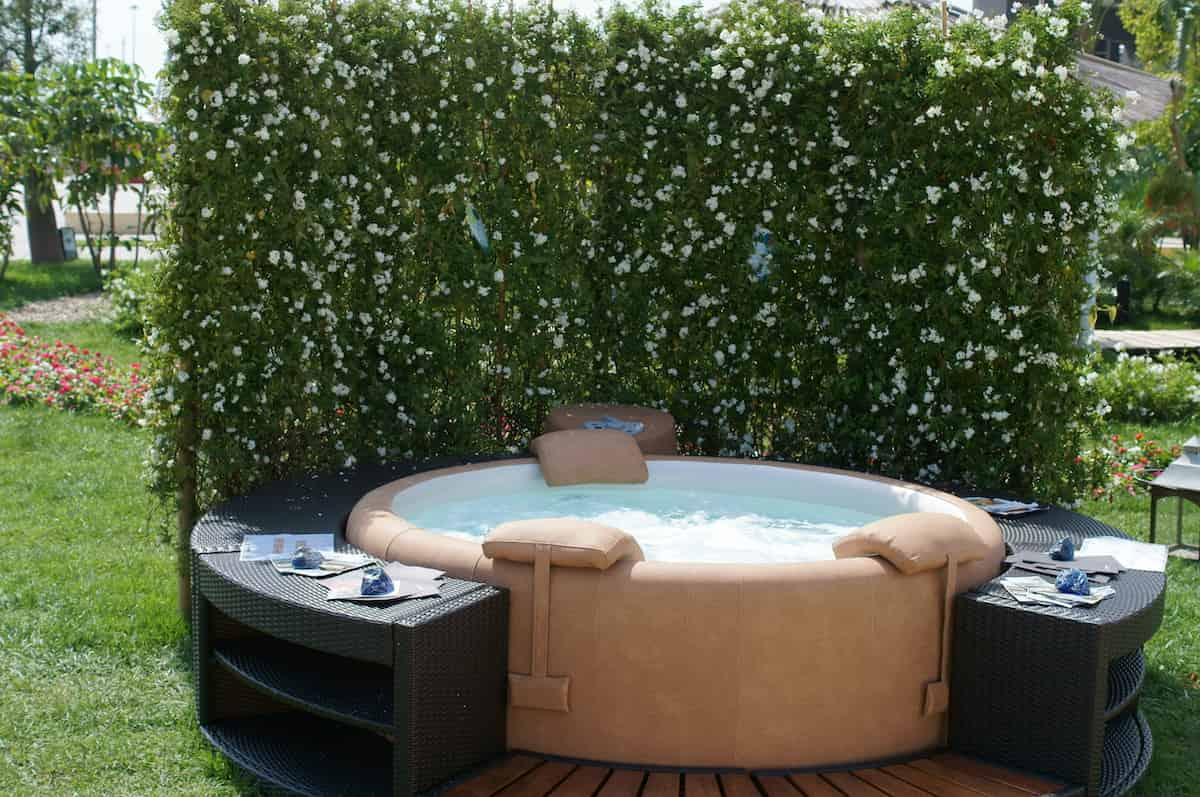
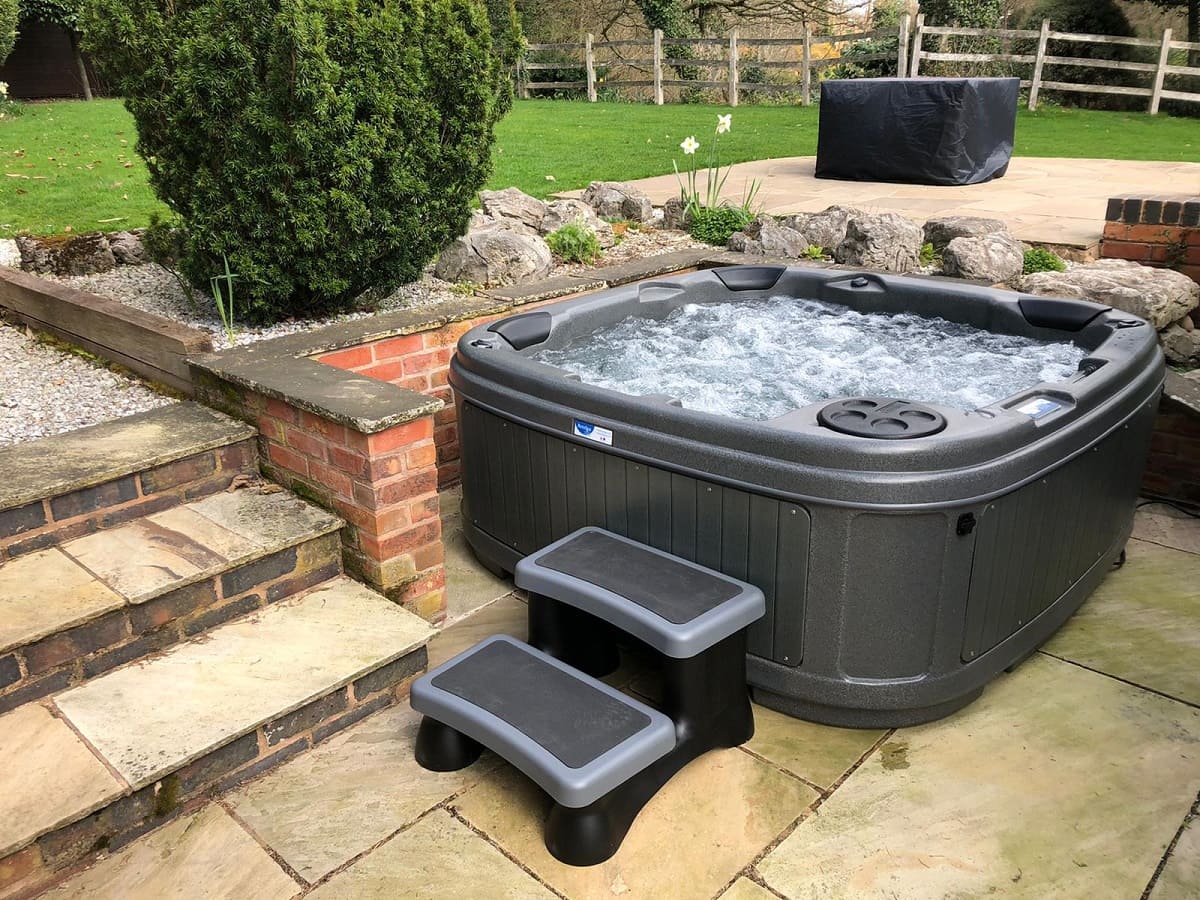
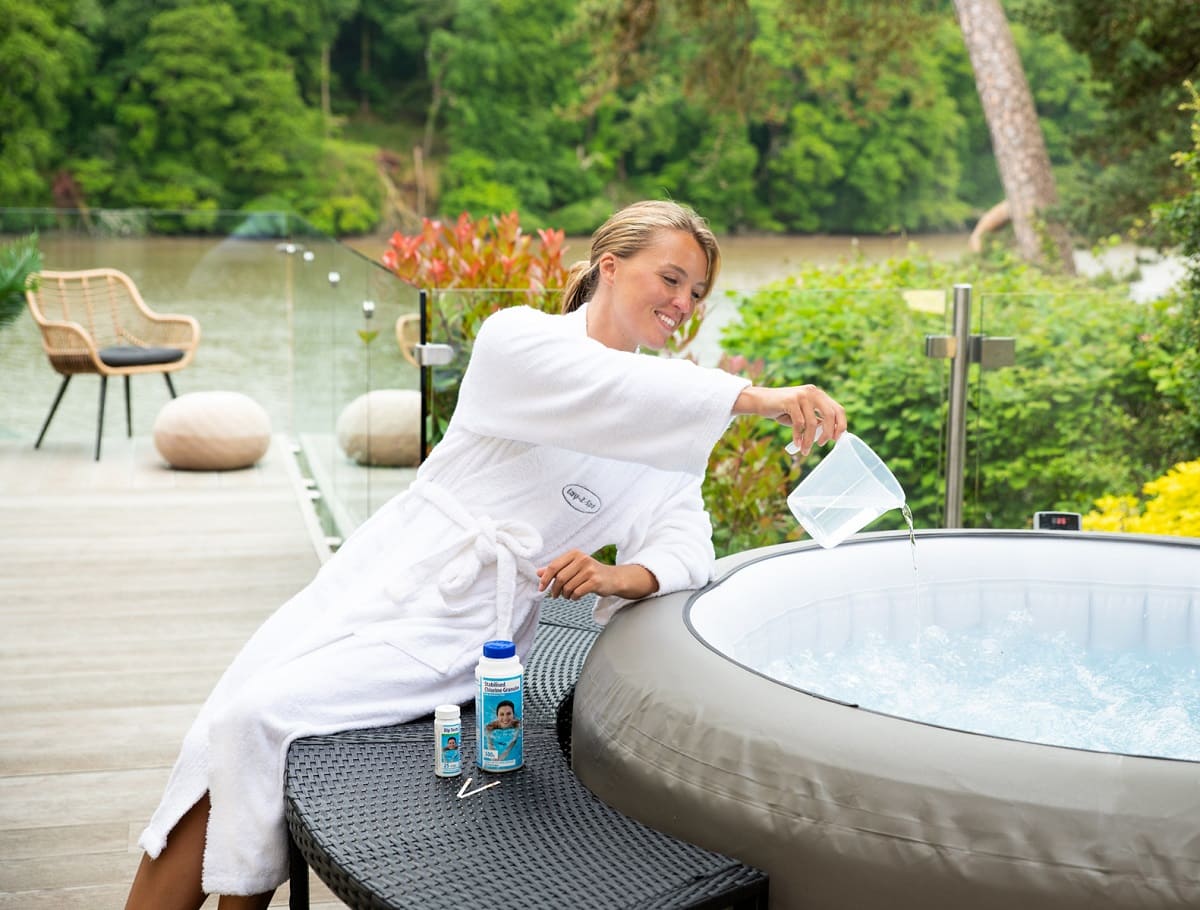
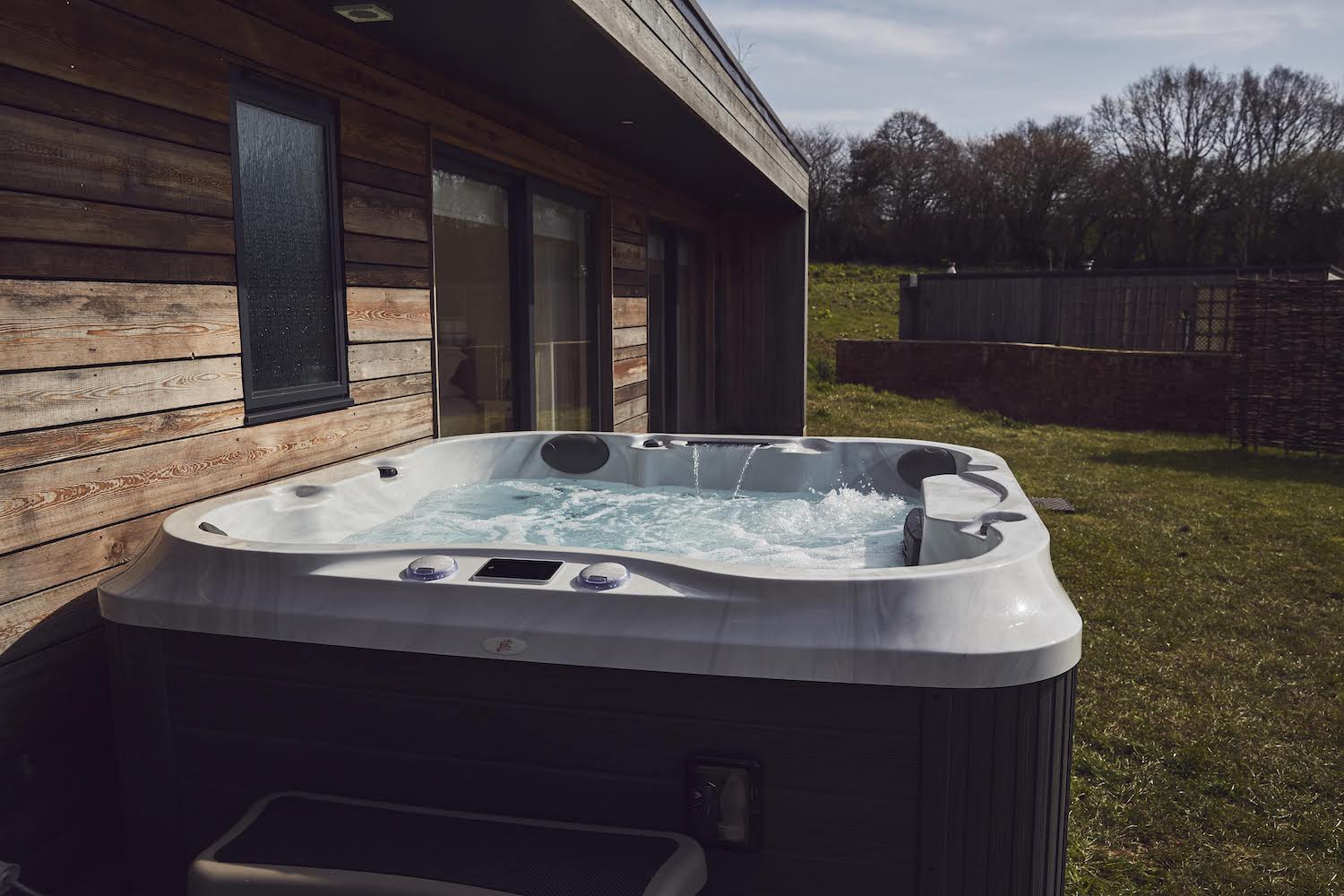

0 thoughts on “How To Fill Up A Hot Tub”